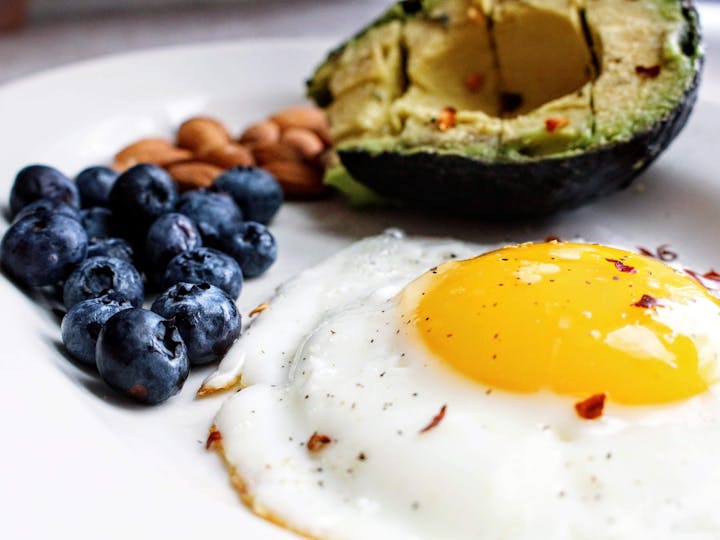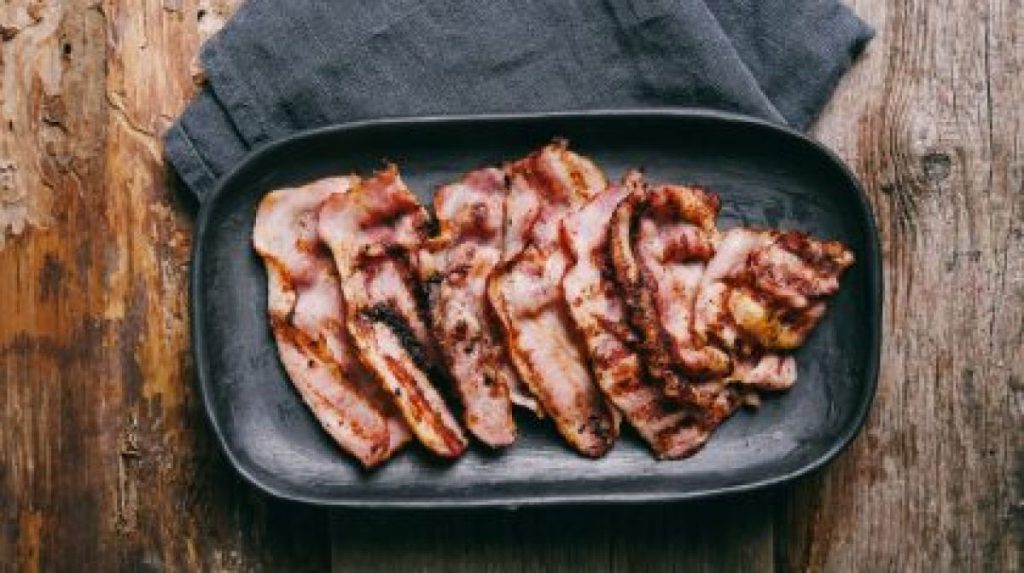The ketogenic diet, commonly referred to as the keto diet, is a high-fat, low-carbohydrate eating plan designed to shift the body’s metabolism from burning glucose to burning fat for energy. This metabolic state, known as ketosis, occurs when carbohydrate intake is significantly reduced, prompting the body to utilize fat stores as its primary fuel source. Typically, a standard keto diet consists of approximately 70–75% fats, 20–25% protein, and only about 5–10% carbohydrates.
This drastic reduction in carbs forces the body to adapt, leading to various physiological changes that can promote weight loss and improve certain health markers. The keto diet has gained popularity not only for its potential weight loss benefits but also for its therapeutic applications. Research suggests that it may help manage conditions such as epilepsy, type 2 diabetes, and even certain neurological disorders.
However, transitioning to a keto lifestyle requires careful planning and an understanding of which foods align with the diet’s principles. This includes recognizing the key ingredients that form the foundation of keto meals, essential for maintaining nutritional balance while adhering to the low-carb framework.
Essential Components of Keto Meals
Healthy Fats: The Primary Energy Source
Healthy fats serve as the primary energy source in a keto diet and are crucial for achieving and maintaining ketosis. Foods such as avocados, olive oil, coconut oil, and nuts are rich in monounsaturated and saturated fats that not only provide energy but also support heart health and reduce inflammation.
Protein: Preserving Muscle Mass
Protein is another vital component of keto meals, as it helps preserve muscle mass while the body burns fat for fuel. High-quality protein sources such as grass-fed beef, free-range poultry, fatty fish like salmon, and eggs are commonly included in keto meal plans. These proteins contribute to satiety and provide essential amino acids necessary for various bodily functions.
Low-Carb Vegetables: Adding Vital Nutrients
Low-carb vegetables like leafy greens, broccoli, and zucchini add essential nutrients and fiber without significantly increasing carbohydrate intake. Together, these components create balanced meals that support the goals of the ketogenic lifestyle.
Protein Sources in Keto Meals
When it comes to protein sources in keto meals, variety is key to ensuring a well-rounded diet. Animal-based proteins are often favored due to their complete amino acid profiles and higher fat content. For instance, fatty cuts of meat such as ribeye steak or pork belly provide substantial protein and healthy fats that align with keto principles.
Additionally, poultry options like chicken thighs or duck are excellent choices because they contain more fat than leaner cuts. Plant-based proteins can also fit into a keto diet, although they must be chosen carefully to avoid excess carbohydrates. Tofu and tempeh are popular options among vegetarians and vegans, offering low-carb, high-protein alternatives. Incorporating eggs into meals is another versatile way to boost protein intake, with countless preparation methods—from scrambled to poached—keeping meals exciting and flavorful.
Healthy Fats for Keto Cooking
Healthy fats are the cornerstone of the ketogenic diet, providing the necessary energy while promoting satiety and overall health. Avocados are one of the most popular sources, rich in monounsaturated fats and packed with vitamins and minerals. They can be enjoyed in salads, smoothies, or as a simple snack.
Olive oil, particularly extra virgin olive oil, is celebrated for its heart-healthy properties and can be used in dressings or for sautéing vegetables. Coconut oil, with its medium-chain triglycerides (MCTs), rapidly converts into ketones, enhancing energy levels—a valuable trait for keto dieters. Additionally, nuts and seeds such as almonds, walnuts, and chia seeds offer a combination of healthy fats and fiber, making them perfect for snacking or adding texture to meals. Incorporating these healthy fats into daily cooking helps create satisfying dishes that support ketogenic goals.
Low-Carb Vegetables for Keto Recipes
Low-carb vegetables are essential for adding volume and nutrients to keto meals without exceeding carbohydrate limits. Leafy greens like spinach, kale, and arugula are ideal due to their low calorie and carbohydrate content, along with their richness in vitamins A, C, K, and essential minerals. These greens are versatile, perfect for salads, smoothies, or sautéed sides.
Cruciferous vegetables—such as broccoli, cauliflower, and Brussels sprouts—are also staples in the keto diet. They are low in carbs, high in fiber, and promote digestion and satiety. Cauliflower is particularly popular for its versatility, serving as a substitute for rice, mashed potatoes, or even pizza crusts. Incorporating a variety of low-carb vegetables ensures nutrient diversity and keeps meals exciting and flavorful.
Herbs and Spices to Enhance Keto Flavors
Fresh Herbs
Fresh herbs like basil, cilantro, parsley, and rosemary elevate dishes with their aromatic profiles and health benefits. For instance, rosemary is known for its anti-inflammatory properties and can be used in pesto or as a garnish for meats and salads.
Spices
Spices such as cumin, paprika, turmeric, and garlic powder add depth and complexity to keto recipes. Turmeric, in particular, contains curcumin, which has notable anti-inflammatory effects. These spices enhance flavor while contributing to the health benefits of the meals.
Experimenting with Combinations
Experimenting with different combinations of herbs and spices allows individuals on a keto diet to create flavorful, satisfying meals while adhering to their dietary restrictions.
Key Ingredients to Avoid in Keto Meals
While many ingredients align well with the ketogenic diet, several key foods should be avoided to maintain ketosis effectively. High-carbohydrate foods such as grains (wheat products), starchy vegetables (potatoes, corn), and most fruits (except for low-carb options like berries) can quickly elevate blood sugar levels and hinder ketosis.
Additionally, processed foods often contain hidden sugars and unhealthy additives that can derail progress. Sugary snacks, sodas, and condiments like ketchup should be minimized or avoided. Instead, individuals should prioritize whole foods—fresh produce, quality proteins, and healthy fats—to stay on track with their keto goals while enjoying satisfying, nutritious meals.





